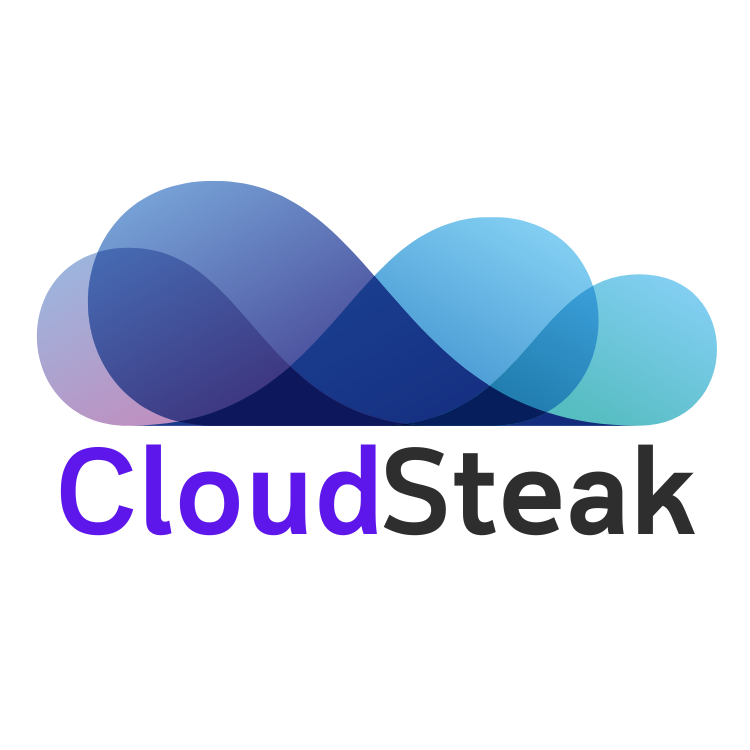Welcome to above the clouds

AWS – Amazon RDS for MariaDB supports new minor versions 10.6.8, 10.5.16, 10.4.25, 10.3.35, 10.2.44
Amazon Relational Database Service (Amazon RDS) for MariaDB now supports MariaDB minor versions 10.6.8, 10.5.16, 10.4.25, 10.3.35 and 10.2.44. We recommend that you upgrade to the latest minor versions to fix known security vulnerabilities in prior versions of MariaDB, and, to benefit from the numerous bug fixes, performance improvements, and new functionality added by the MariaDB […]

AWS – Amazon SageMaker Autopilot experiments are now up to 2x faster
Today, we’re pleased to announce that Amazon SageMaker Autopilot experiments run up to 2x faster to generate ML models with high model performance. Amazon SageMaker Autopilot is a low-code machine learning (ML) product that automatically builds, trains, and tunes the best ML models based on your data while allowing you to maintain full control and visibility. However, […]

AWS – Amazon EC2 I4i Instances are now available in nine additional regions
Starting today, Amazon EC2 I4i Instances are available in additional Amazon Web Services (AWS) Regions – US West (N. California), Asia Pacific (Hong Kong, Singapore, Sydney, Tokyo), Canada (Central), Europe (Frankfurt, London, Paris). Designed for storage I/O intensive workloads, I4i instances are powered by 3rd generation Intel Xeon Scalable processors (code named Ice Lake) with […]

GCP – Invest early, save later: Why shifting security left helps your bottom line
Shifting left on security with Google Cloud infrastructure The concept of “shifting left” has been widely promoted in the software development lifecycle. The concept is that introducing security earlier, or leftwards, in the development process will lead to fewer software-related security defects later, or rightwards, in production. Shifting cloud security left can help identify potential […]

GCP – How Ocado Technology delivers smart, secure online grocery shopping with Security Command Center
Grocery shopping has changed for good and Ocado Group has played a major role in this transformation. We started as an online supermarket, applying technology and automation to revolutionise the online grocery space. Today, after two decades of innovation, we are a global technology company providing state-of-the-art software, robotics, and AI solutions for online grocery. We created […]

GCP – I/O Adventure Google Cloud architecture
Since 2020, many conferences have moved online – either fully or partially – as organizers, presenters, and attendees all reimagine how we approach our life and our work. Google I/O Adventure is a virtual conference experience that brings some of the best parts of real-world events into the digital world. Inside I/O Adventure, event attendees […]

GCP – IN, NOT_IN and NOT EQUAL query operators for Firestore in Datastore Mode
We’re very pleased to announce that Firestore in Datastore mode now supports IN, Not IN, and Not Equal To operators. IN Operator Firestore in Datastore Mode now supports the IN operator. With IN, you can query a specific field for multiple values (up to 10). You do this by passing in a list of all the values […]

AWS – Amazon Keyspaces (for Apache Cassandra) adds console access for the BillableTableSizeInBytes CloudWatch metric
Amazon Keyspaces (for Apache Cassandra) is a scalable, serverless, highly available, and fully managed Apache Cassandra-compatible database service. Read More for the details.

AWS – AWS IoT Core now makes it easier to provision IoT devices to different AWS accounts and simplifies registrations of certificate authorities—general availability
Today, AWS announced the general availability of a new feature of AWS IoT Core that simplifies the registration of certificate authorities (CAs) necessary for device provisioning and makes it easier to move devices between customers’ multiple AWS accounts within the same AWS region and between different regions. This reduces the complexity of registering devices to AWS […]

AWS – Amazon EC2 Auto Scaling customers can now monitor their predictive scaling policy using Amazon CloudWatch
EC2 Auto Scaling now publishes predictive scaling policy’s forecasts as a CloudWatch metric, enabling you to analyze, monitor, and set alarms on the accuracy of predictive scaling. Predictive Scaling is a scaling policy that proactively increases the capacity of your Auto Scaling group ahead of predicted demand, improving the availability of your application while reducing […]
